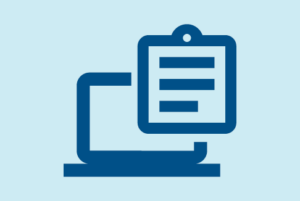What’s happening: The Centers for Medicare & Medicaid Services’ (CMS) finalized fiscal year (FY) 2025 inpatient prospective payment system (IPPS) rule falls short of what hospitals need to keep up with rising costs and health care needs. What else to know: The rule includes a net market basket update of 2.9%. As a result of...
This content is restricted to members.



